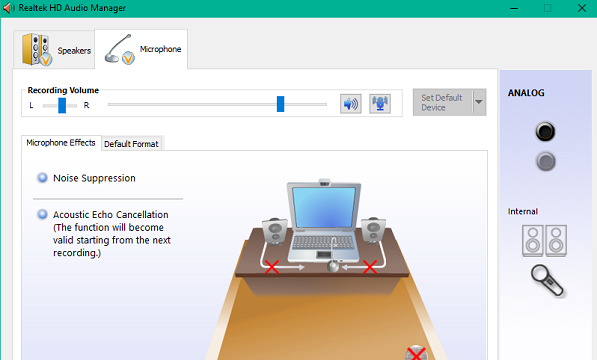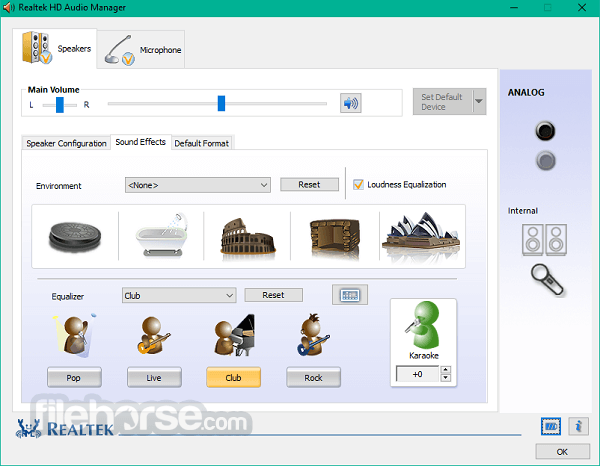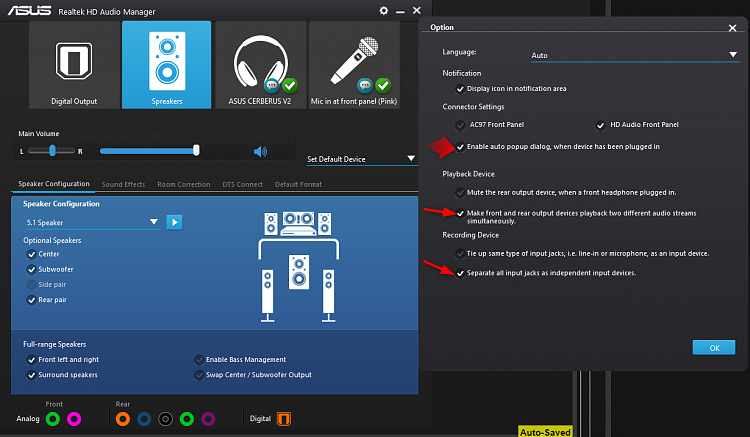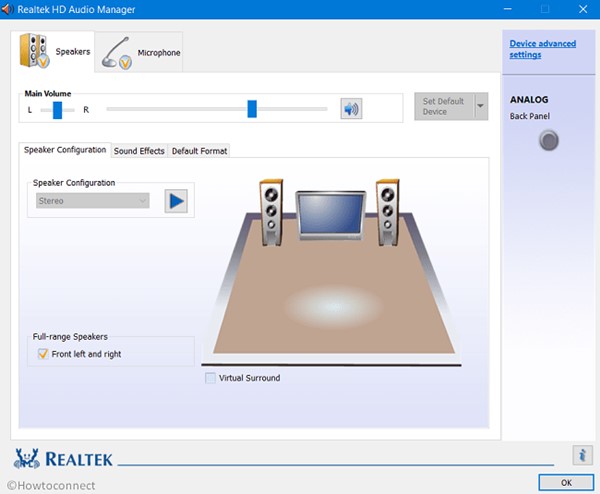



One of its most significant features is its ability to improve sound output when using audio chat apps. Given that it includes audio post-processing and has choices that can be used to improve any type of audio signal, this sound equalizer tool will be very helpful for people who use laptops with subpar speakers. Also, the program offers a simple installation process and is completely free. Thanks to Viper4Windows’s straightforward, minimalist UI, you can easily access audio controls from this program on your computer. If your sound driver or Windows 10 computer audio doesn’t offer an efficient sound management tool, Viper4Windows is one of the best audio equalizers you can use to turn the PC into a mini home theatre. It has a virtual subwoofer that allows you to boost bass for gaming and media.One of our top audio equalizers for Windows 10 is Bongiovi DPS since there is a noticeable difference between the audio it produces and the audio that isn’t because the audio generated by this equalizer is always much better. It is an easy-to-use program that provides the best audio experience while playing sound through speakers, headphones, and other audio devices from video games, media apps, VOIP apps, and other programs that produce audio.įurthermore, it features a user-friendly UI and a number of options to enhance your audio output.

Also, this program uses little memory, allowing it to run even on older PCs. In addition to having a GUI setup editor, Equalizer APO lets you save and load audio as. It has a lot of other features, but one of the most appealing is the zero delay to audio latency it provides, which makes it perfect for producing high-quality audio while gaming and other functions This sound equalizer uses both graphical and parametric layout, giving you better control of your audio output. Since Equalizer APO is an open-source program, it is completely free. Topping our list is Equalizer APO, an open-source Windows 10 sound equalizer that is developed as an Audio Processing Object (APO) for the system effect infrastructure first introduced with Windows Vista.


 0 kommentar(er)
0 kommentar(er)
